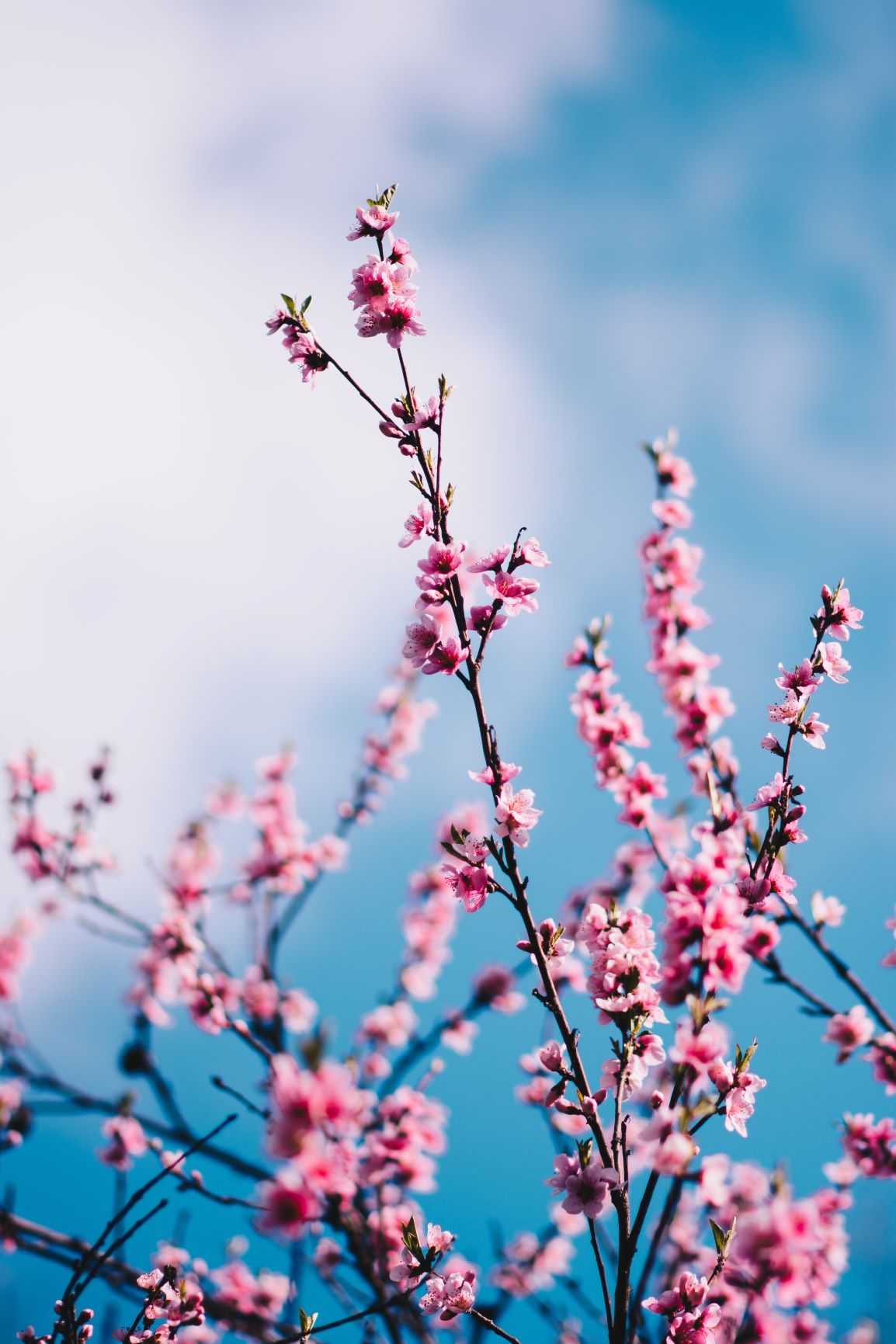Lume (lu'me)
Lume is a deep purple dye made from boiling the bark of the Thoov Tree. It gets its name from the Epaluno word for purple because the Pelan have used the dye to color their Ibi'ans for centuries. It is also produced and exported in Brightland.
Though the Thoov tree grows in many places on Nideon, it is always located near volcanic activity, making it a somewhat difficult plant to obtain. It is most famously located on the islands of Igbi and Lowoni, of the southern coast of Xye, but also notably found in Brightland and southern Feren, where it was utilized by the Pelan. When heated, the bark turns purple, giving the landscape where thoov trees grow a distinctive hue.
There is evidence of the proto-Pelan tribes using this dye as early as the 3rd century. The nomads developed rituals around returning to the southern mountains each spring to harvest the bark from what they called the Goddess Tree. Though they most notably dyed their famous headscarves, it is likely that many tribes dyed other clothing as well. Outsiders sometimes referred to them as the "purple people" due to the way the dye would sometimes discolor their skin. It was not until they began to move further north that the Pelan incorporated a wider variety of dyes, though they continued to purple for their ibi'ans.
The dye has not been produced in Brightland as long as it has been used by the Pelan, but it was discovered separately. At first, it was a novelty used only for very important people, as the bark was limited, but when Brightlindish scientists discovered how to activate the seeds by briefly placing them in a fire, the country became the first to grow thoov orchards, from which they also collected fruit. Purple dye and purple cloth remain two of Brightland's biggest exports.
Brightlindish dye manufacturers make lume in two different ways:
Method 1: This method involves boiling the bark and straining out of the liquid after it cools. This is also the method typically used by the Pelan. Made this way, the lume is best used immediately, though some Brightlindish manufacturers have methods of partially dehydrating it in order to create a purple concentrate that can be either thinned or mixed with other matials to make things such as purple paint or even food dye.
Method 2: This method requires the maker to carefully heat the bark until it turns the desired hue and smash it into powder. It is difficult because if the bark does not get hot enough, the purple color will not remain, but if the bark is heated too much, it could burn. Nevertheless, when done right, this creates a purple powder which is easier to store and ship.
Harvesting Responsibly

by Nagy Arnold
Type
Organic




Comments